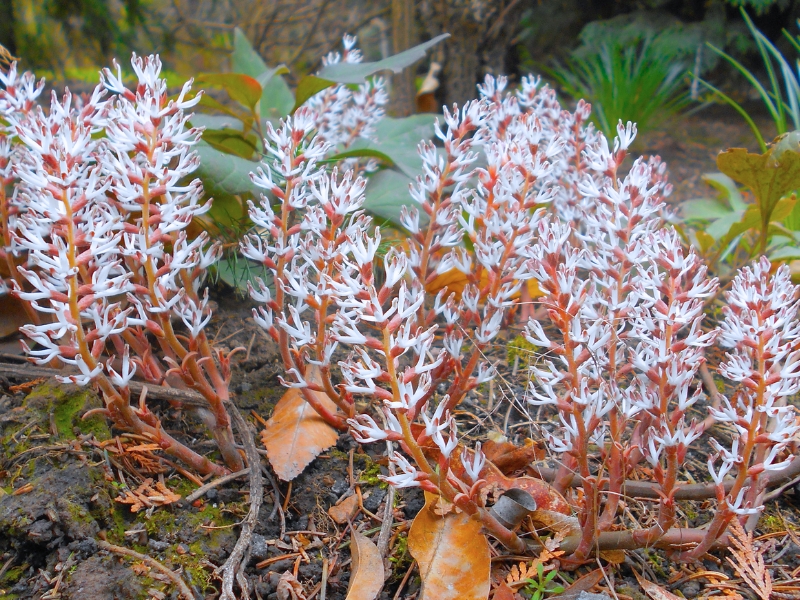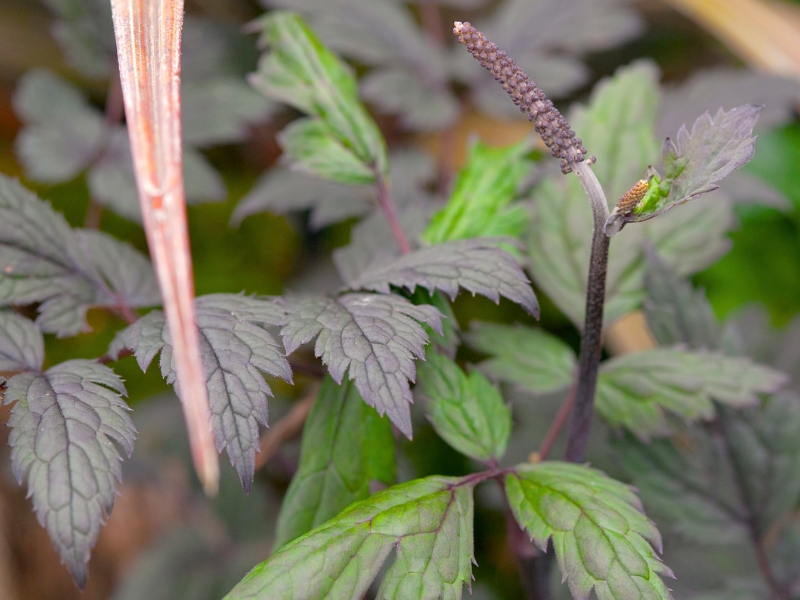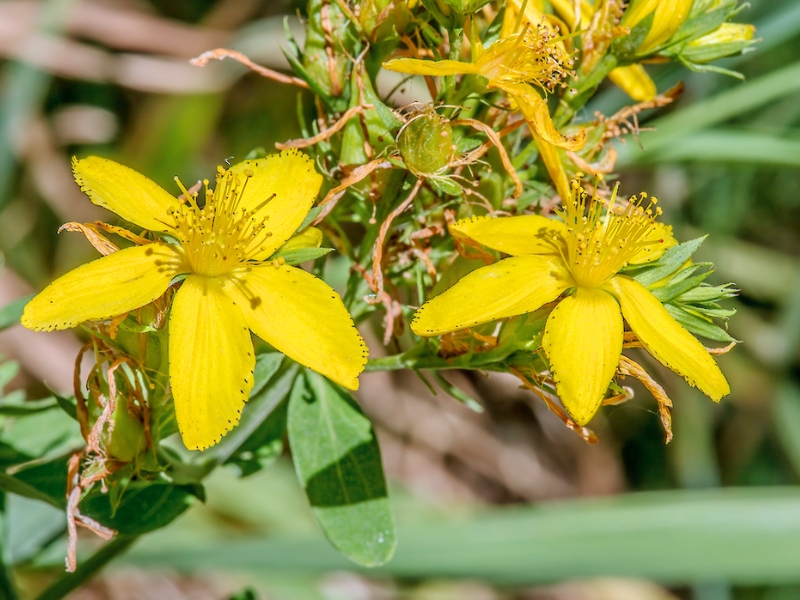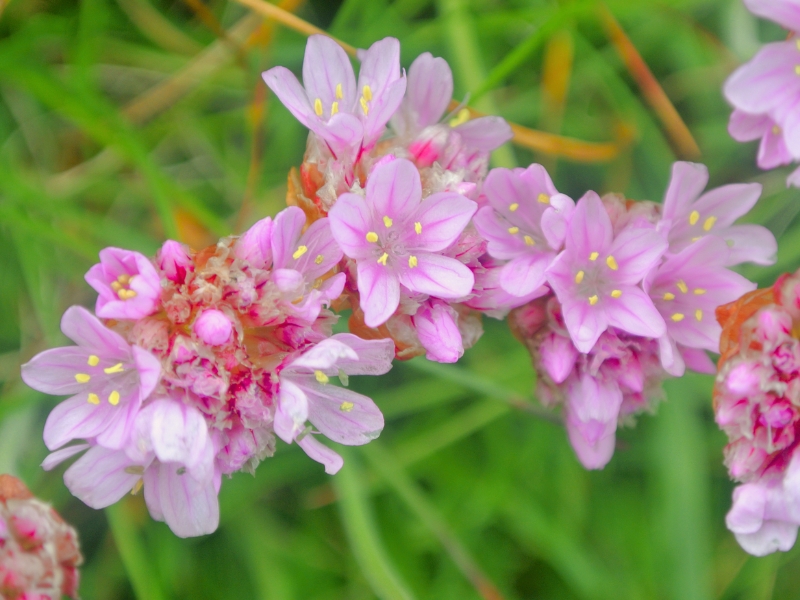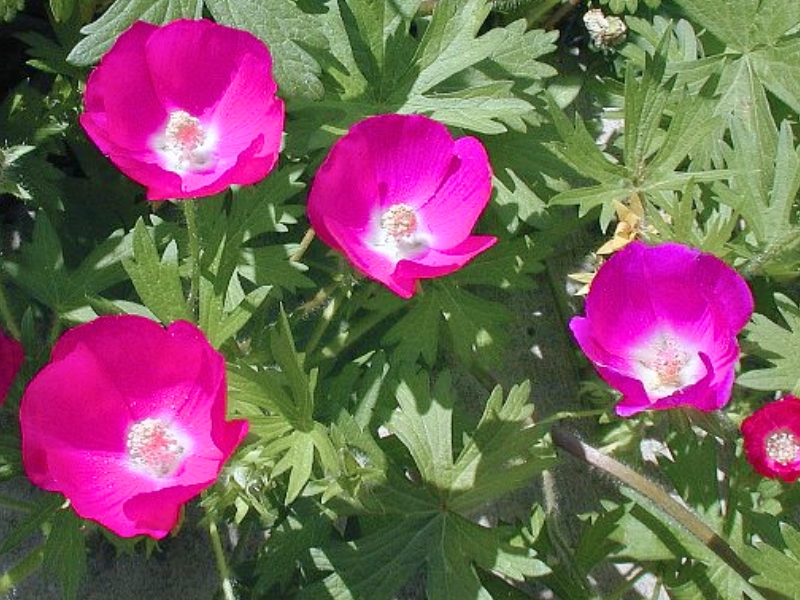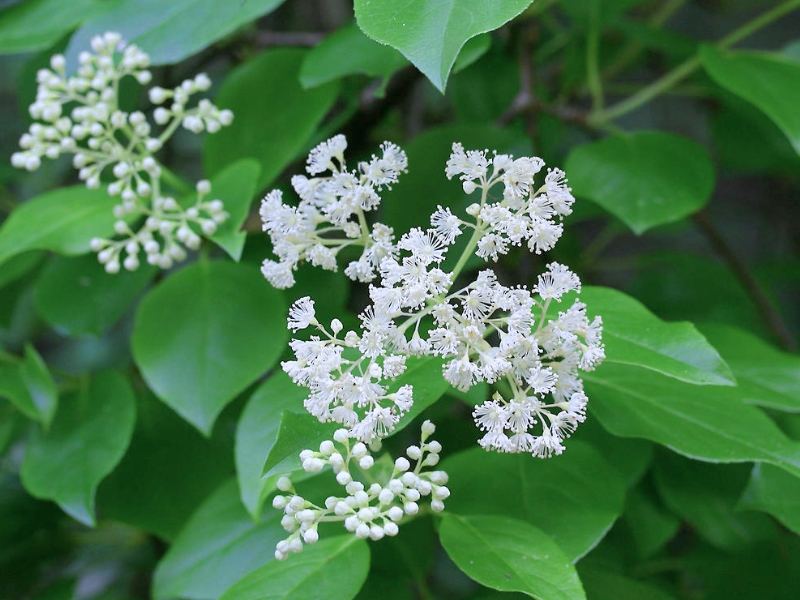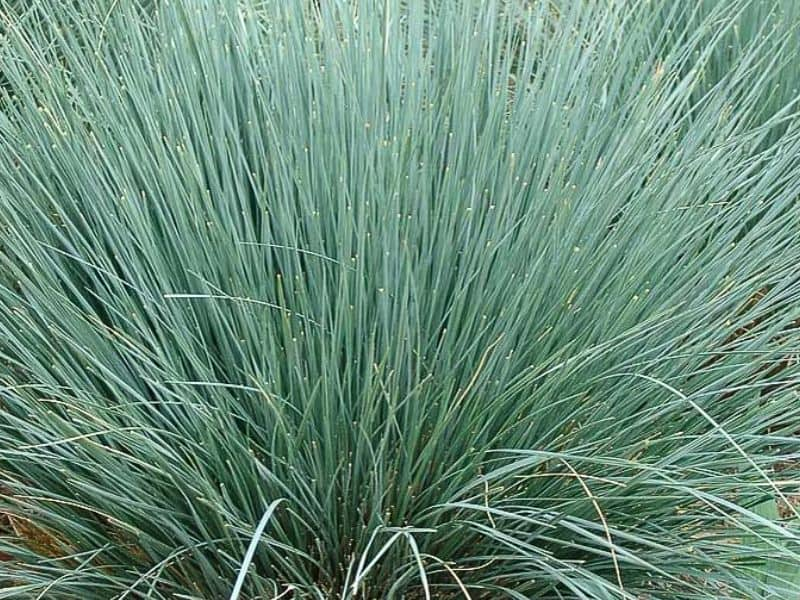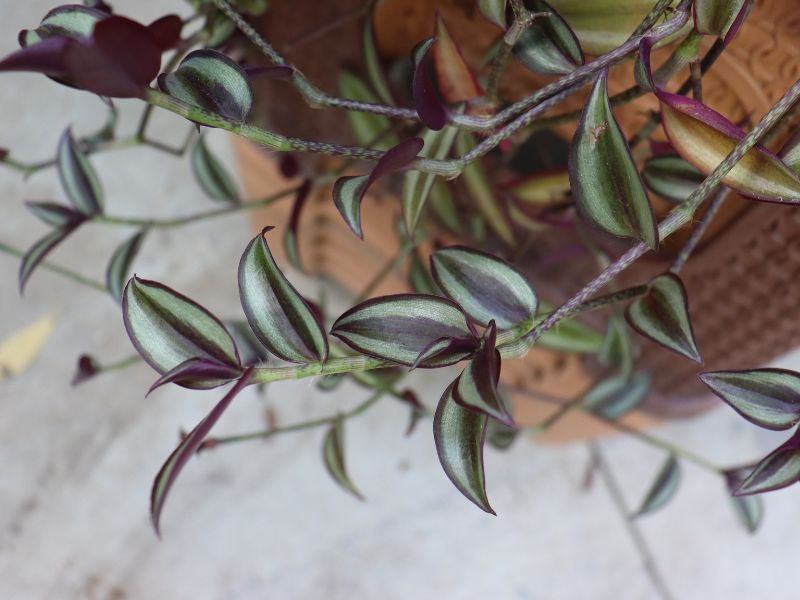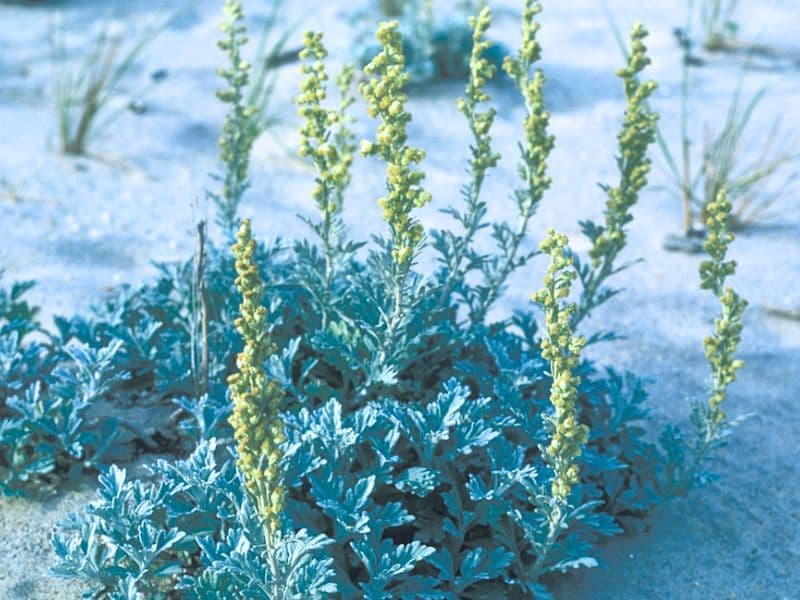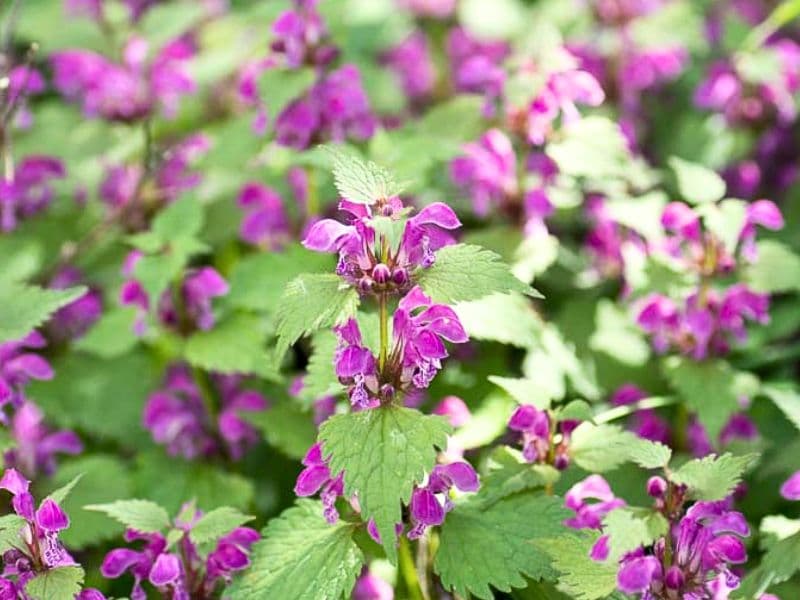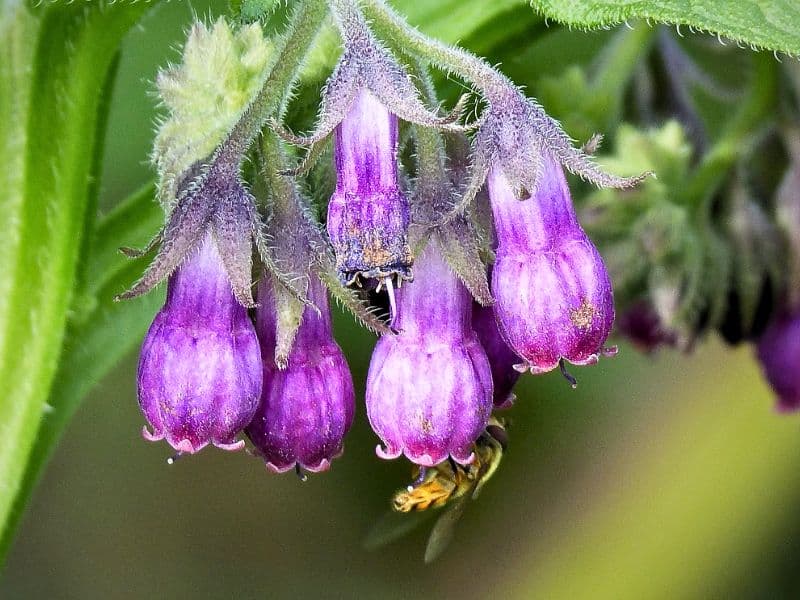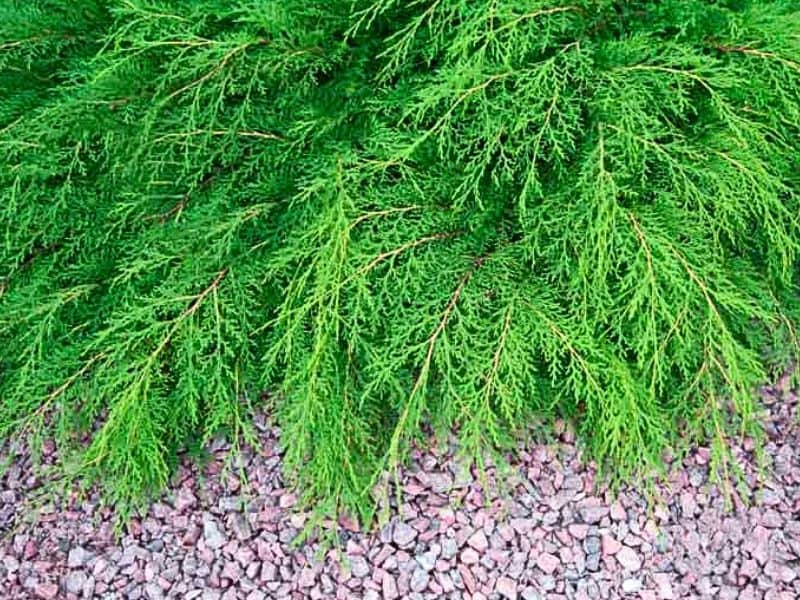Ground Cover
Ground cover plants are a versatile and essential addition to any garden, offering both aesthetic charm and practical benefits. Whether filling bare soil, softening hardscapes, or preventing weed growth, ground covers can enhance tricky areas such as slopes, under trees, and shady spots.
What are ground cover plants?
Ground covers are low-growing plants that form dense mats or mounds, covering soil to create a unified, natural carpet. These plants help reduce soil erosion, conserve moisture, regulate soil temperature, and suppress weeds. Many ground covers are perennials and often evergreen, making them a low-maintenance option for year-round beauty.
Benefits of ground cover plants
- Weed control: Dense foliage prevents weeds from taking root.
- Erosion prevention: Ground covers stabilize soil on slopes and prevent runoff.
- Moisture conservation: Their coverage helps lock in soil moisture and reduce watering needs.
- Pollinator support: Many varieties, such as creeping thyme and sweet woodruff, attract bees, butterflies, and birds.
- Visual interest: With their variety of colors, textures, and blooms, ground covers enhance any landscape design.
Popular ground cover plants
- Flowering Ground Covers: Add color and fragrance to garden borders.
- Creeping Thyme (Thymus serpyllum): Aromatic leaves and purple flowers; tolerates light foot traffic.
- Ajuga (Ajuga reptans): Spreads quickly with striking blue flowers and colorful foliage.
- Lily of the Valley (Convallaria majalis): Shade-loving with fragrant, bell-shaped white flowers.
- Evergreen Ground Covers: Provide year-round greenery.
- Ivy (Hedera spp.): Hardy and adaptable, though it can become invasive.
- Vinca (Vinca minor): Evergreen with purple blooms; thrives in both sun and shade.
- Sedum (Sedum spp.): Drought-tolerant succulents like “Angelina” offer bright yellow-green foliage that turns orange in fall.
- Shade-Tolerant Ground Covers: Ideal for areas under trees or in low-light spaces.
- Hostas: Known for lush foliage, hostas thrive in shade and form dense ground cover.
- Sweet Woodruff (Galium odoratum): Produces delicate white flowers and a fresh, sweet scent.
Choosing the right ground cover for your garden
- Sunlight needs: Ensure the plants you choose match the light exposure of the planting site (e.g., full sun, part sun, full shade).
- Soil conditions: Amend poor soil with compost if necessary to improve drainage and fertility.
- Plant spacing: For faster coverage, plant closer together, but check spacing guidelines to avoid overcrowding.
- USDA Hardiness zone: Select ground covers suited to your climate zone to ensure they survive seasonal changes.
Practical uses for ground cover plants
- Replacing Turf grass: Ground covers reduce the need for mowing and edging, making them a great alternative for areas under trees or steep slopes.
- Roof gardens: Hardy ground covers like sedum and low grasses thrive in rooftop gardens, tolerating wind and sun exposure.
- Paths and borders: Use creeping varieties like thyme or mondo grass to fill in the gaps between stepping stones or line walkways.
- Wildlife habitats: Many flowering ground covers support biodiversity by providing food and shelter for insects and birds.
Types of ground cover plants
- Vines: Woody plants with spreading stems, like creeping fig.
- Herbaceous plants: Non-woody perennials such as creeping phlox and sweet alyssum.
- Low-growing shrubs: Examples include dwarf cotoneaster and Japanese barberry.
- Mosses: Coarser species like Irish moss for shady, moist areas.
- Ornamental grasses: Low varieties like mondo grass add texture and movement.
Planting and care tips for ground covers
- Preparation: Thoroughly weed the area before planting to prevent unwanted growth.
- Planting: Dig holes deep enough for the root ball and follow spacing guidelines for the chosen plant.
- Watering and mulching: Water regularly after planting to help roots establish. Add 1–2 inches of mulch to retain moisture and protect the roots.
- Fertilizing: Apply slow-release fertilizer in early spring for healthy growth. Avoid excessive nitrogen for flowering varieties.
- Pruning: Most ground covers need minimal pruning, but trimming back leggy growth can encourage a fuller spread.
Best ground covers for specific needs
- Pollinator-friendly: Creeping thyme, snow-in-summer, and lavender.
- Deer-resistant: Barberry, juniper, and vinca.
- Dry shade: Epimedium, wild ginger, and pachysandra.
- Steep slopes: Ivy, creeping juniper, and crown vetch.
Ground cover plants are a valuable addition to any landscape, offering beauty, functionality, and low-maintenance upkeep. By selecting the right varieties for your garden’s conditions and using thoughtful planting techniques, you can create a lush, cohesive space that not only looks great but also supports soil health and biodiversity. Whether you need to fill a tricky spot or add a pop of color, there’s a ground cover plant for every gardening need.
